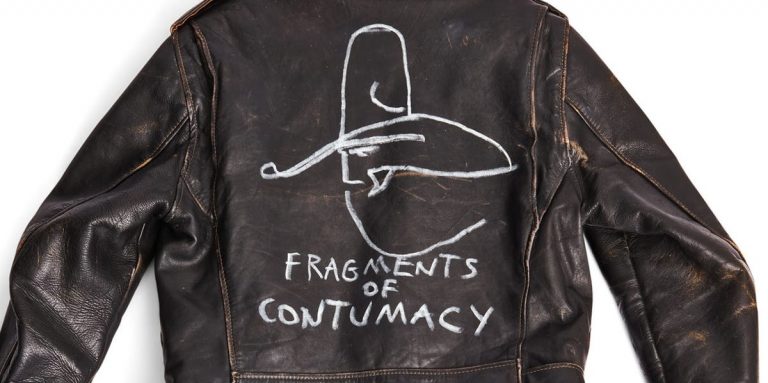As a young man, I spent a lot of time in railroad yards. I was crazy about graffiti, and freight trains were like museums on metal, where I could see work from people all over the country. One of the most prolific artists was Colossus of the Road, who graffitied cowboy profiles on nearly every freight car in America. Under each profile was a cryptic message like “Big mistake,” “Growing audience,” or “Never coming back.” Rumor had it that Colossus was a railroader who’d been doing the job since the 1970s.
He painted his nickname in the folkloric style of hobo art. In the 1930s, at the height of the Great Depression, many Americans illegally hopped freight trains in search of work. Legend has it that they communicated with each other using pictograms. Each symbol had a meaning: “There’s work in this town,” “The doctor here doesn’t charge,” “Talk religious and you’ll get a free meal,” and so on. These symbols were a way to make the dangerous journey safer for fellow wanderers.
In 2015, I found someone talking about Colossus of Roads on a menswear message board. It was his nephew. I couldn’t believe it. The poster agreed to introduce me to his uncle, Russell Butler, who turned out to be a former brakeman for the Missouri Pacific Railroad. I told Butler how inspired I was by his work, and he agreed to sign the back of my Schott Perfecto. He tagged the same graphic I’d seen so many times in the middle of the night, and wrote “Fragments of Indomitable Spirit” underneath. I later reupholstered the jacket with antique Japanese rags. Now it’s a connection to a special time in my life that feels increasingly distant, akin to the view of a train station from a box car after the train has departed.
This article appears in the March 2024 issue of Esquire.
subscribe


